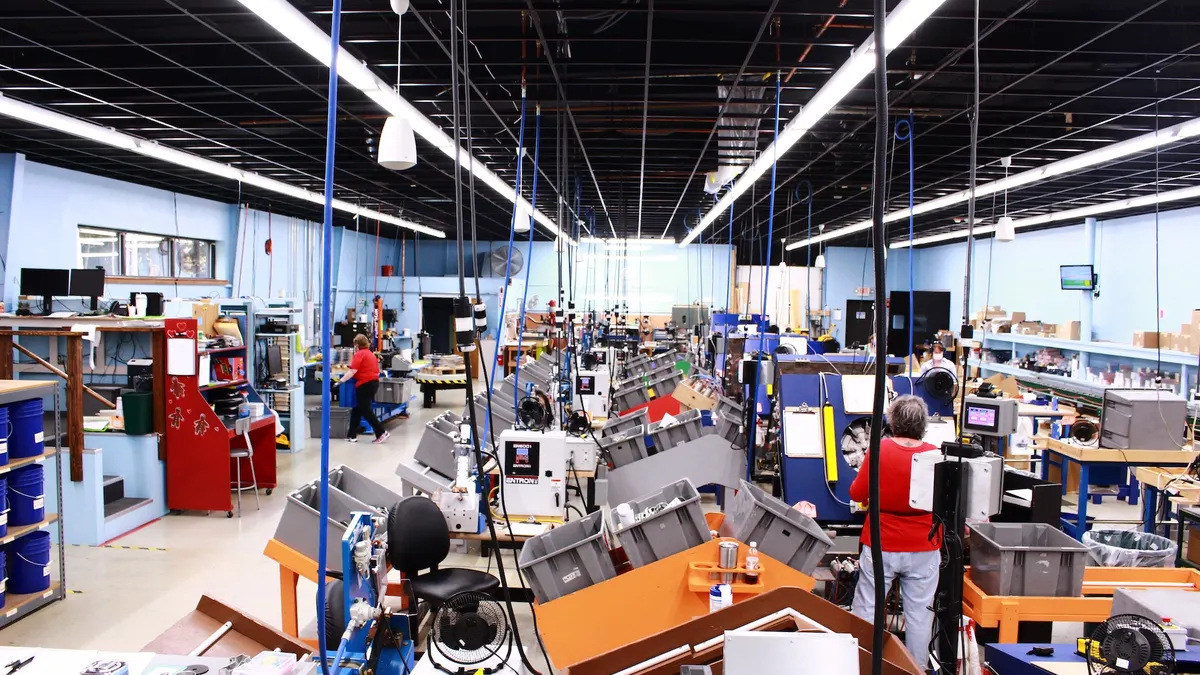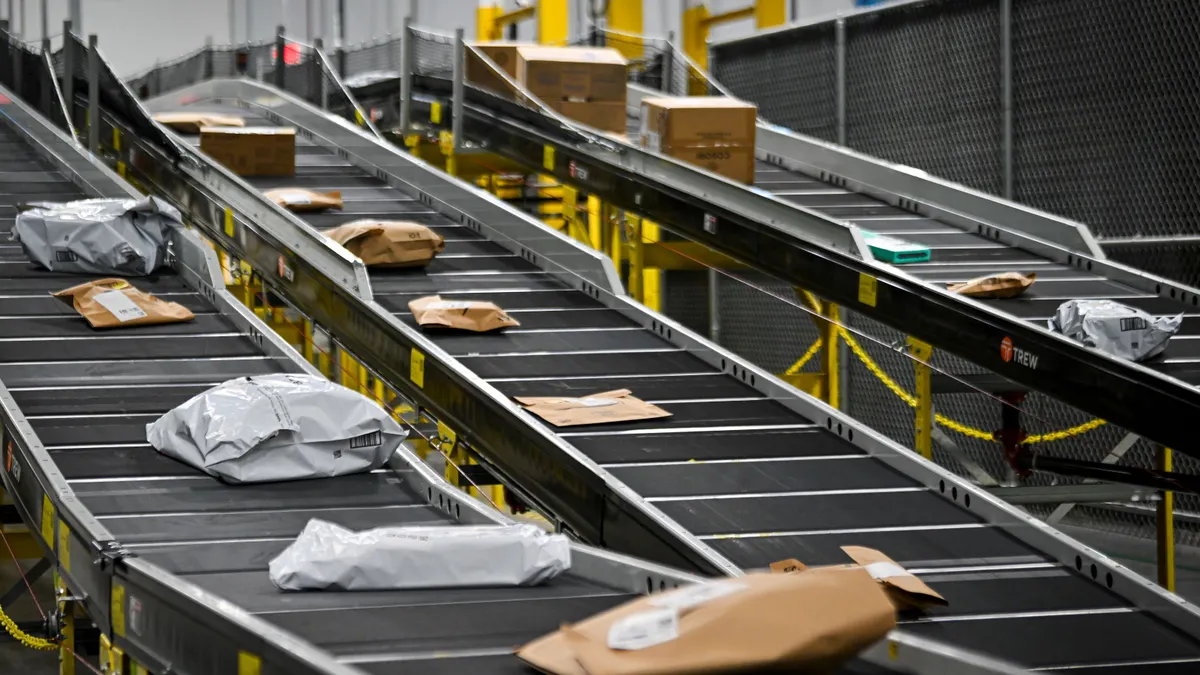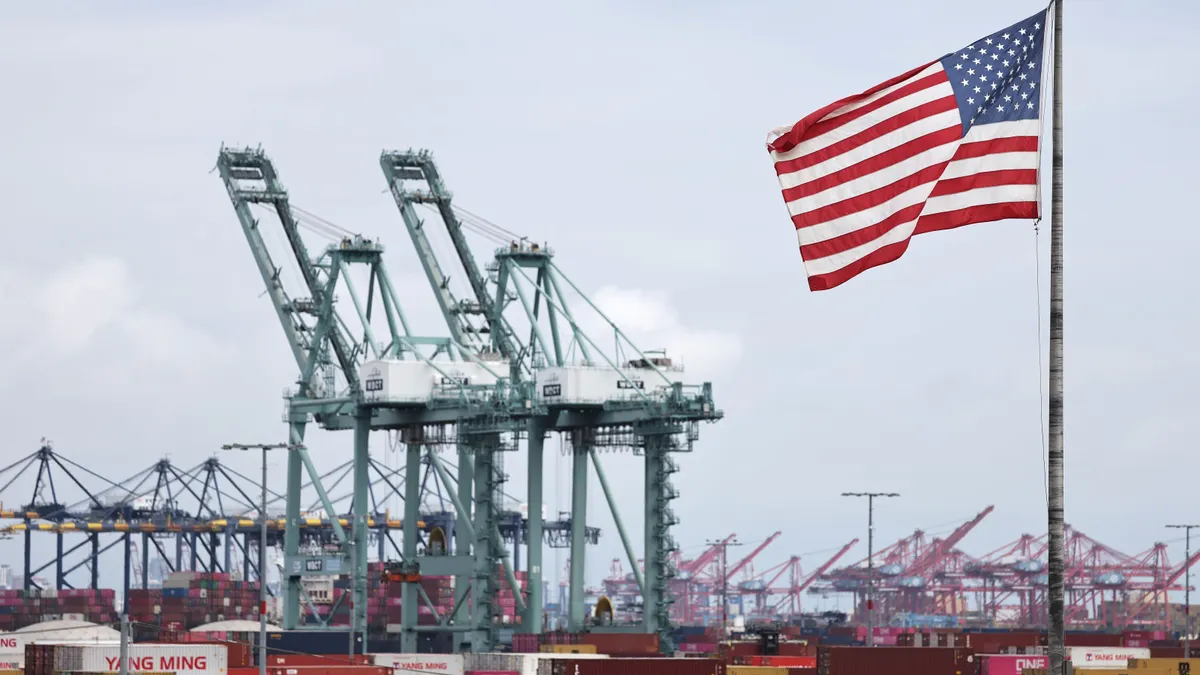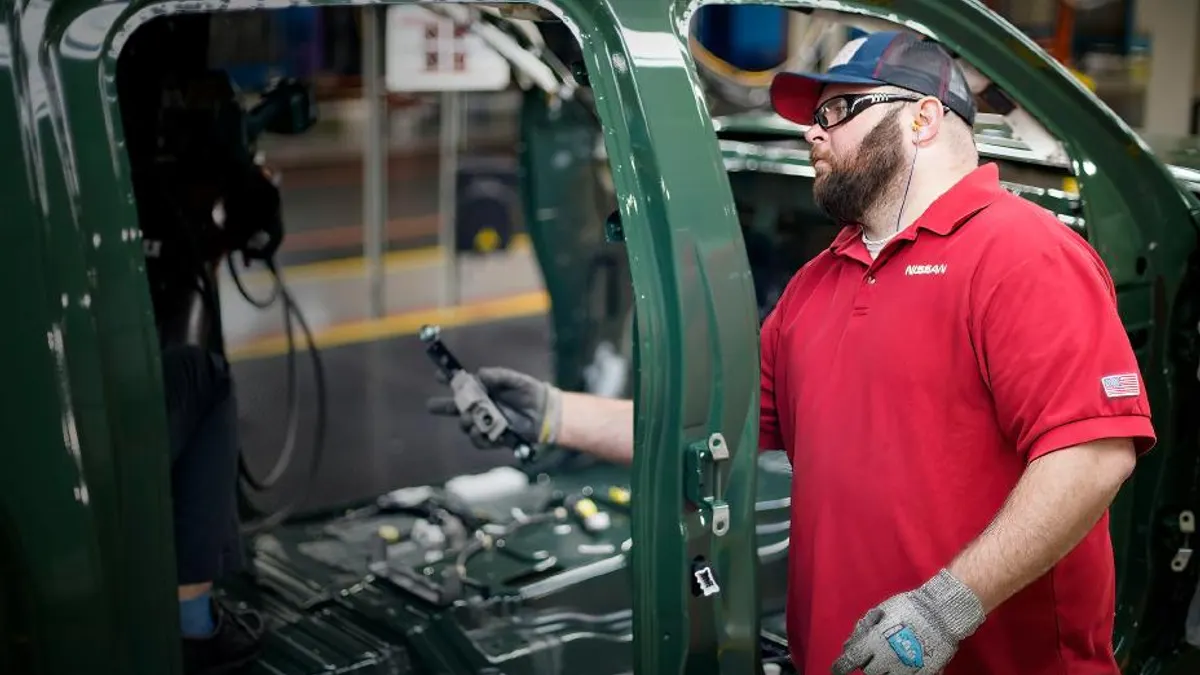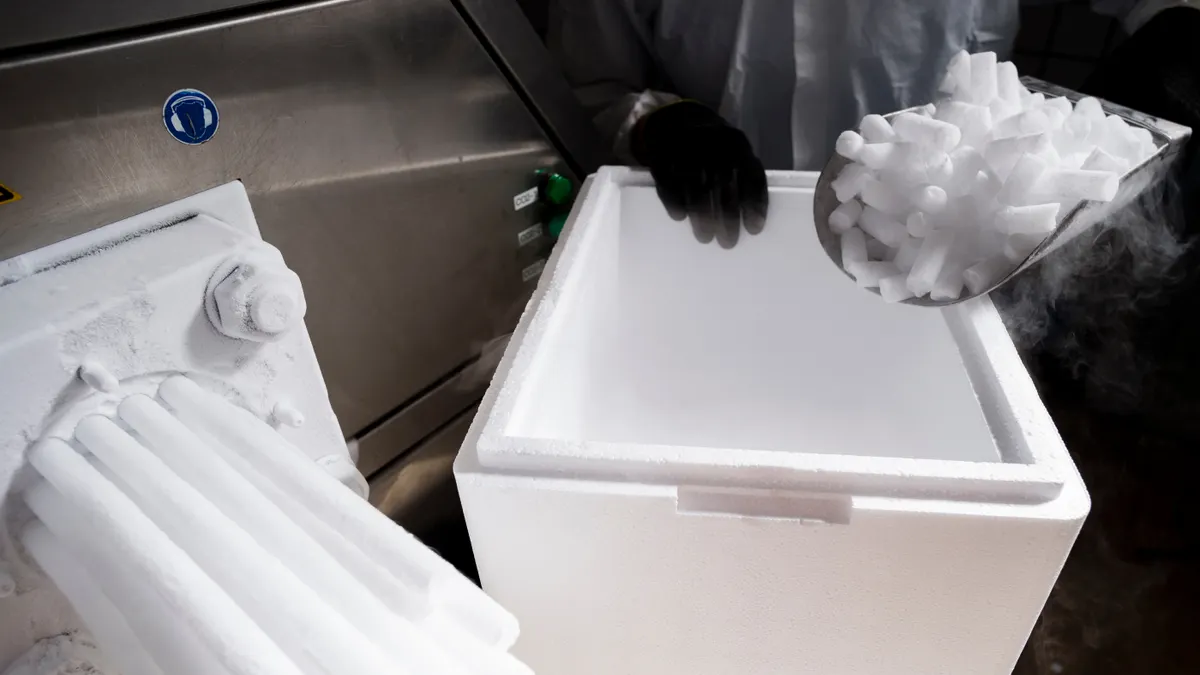Cookie-cutter manufacturer Ann Clark credits its U.S.-centric supply chain and manufacturing operation for the negligible impact tariffs have had on its business.
The company buys its primary raw material, tin-plated steel, from Maryland-based processor Titan Steel, which gets the metal from U.S. Steel, CEO Ben Clark told Supply Chain Dive. Ann Clark also uses U.S. suppliers for the raw materials in its secondary product lines, including icing, food coloring, and pancake, waffle and baking mixes.
Nearly everything the company produces is made at its headquarters and manufacturing facility in Rutland, Vermont, Clark said. The only exception is parchment paper, which the company imports from a supplier in France.
At-home cookie bakers account for most of Ann Clark's $10 million to $15 million in annual revenue, said Clark, the son of founders Ann and John Clark. The company employs roughly 35 people and sells from 4 million to 5 million cookie cutters annually.
A long-term bet pays off
The U.S. Chamber of Commerce estimates that small business importers face a $202 billion annual tariff hit from the levies imposed by President Donald Trump on many of the nation's trading partners. Yet, the duties have had such a small impact on Ann Clark that the company doesn't measure it, Clark said.
He credits the levy avoidance to his decision to transition from third-party production to in-house manufacturing in 1998, which gave him control over production and suppliers.
"All my friends would say, ‘Why don't you just buy from China?’ And I said, ‘No, we want to make them ourselves,’" Clark said. "I like making things, so over the years, we figured out how to make cookie cutters quickly and efficiently."
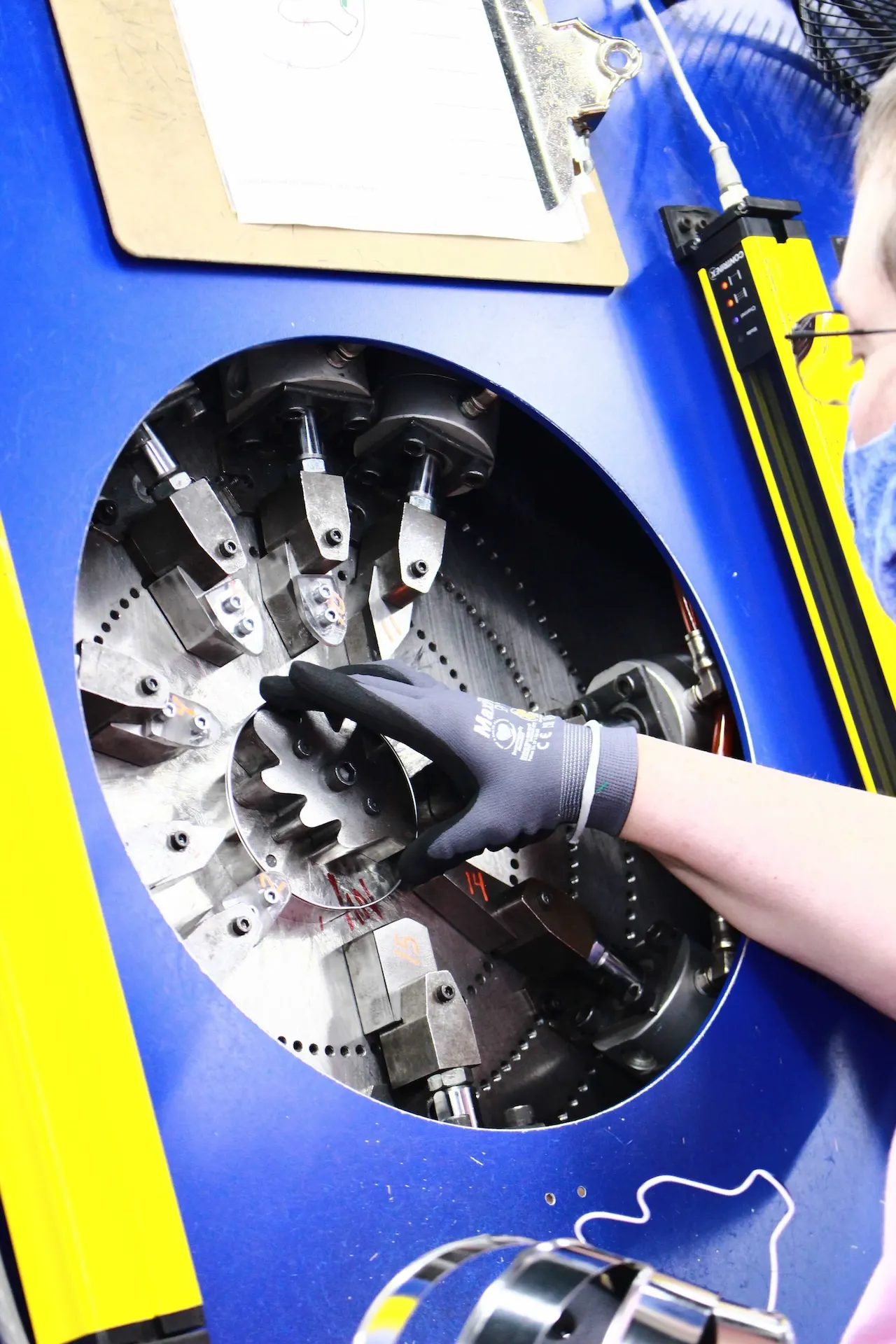
In-house manufacturing brings quality control while also eliminating long lead times and large amounts of inventory, Clark said.
"Cookie cutters are inexpensive enough that we can't put them on an airplane from China, you follow what I mean," Clark said. "If you're out, you've got to wait for the boat to get them here."
Refining production
When it first began producing in-house, Ann Clark's manufacturing gear was crude, so it refined its operations to eventually match the speed and price of importing goods made in countries such as China, Clark said.
While honing the production process, Clark studied lean manufacturing, a systematic approach that focuses on streamlining processes and eliminating non-essential activities. Based on his studies, Clark reduced his inventory by 55%, keeping just enough cookie cutters to meet normal demand, or making lots of 300 for each of the company's 700 shapes.
At the same time, Clark's operation has the flexibility to fill a sudden big customer order by dedicating the first available machine to the unexpected run.
"I don't care what the shapes are — we have it down," Clark said. "We can just change that quickly."
For example, one of Ann Clark's largest customers, kitchenware retailer Sur La Table, called one February because it had forgotten to order shamrock cookie cutters for St. Patrick's Day on March 17, Clark said. His company filled the order for 2,600 shamrock shapes that night before shipping after Sur La Table completed the order paperwork.
"We could actually make the product faster than they could process the order through their system," Clark said, noting that the order was filled in about seven hours and did not require overtime work.
That level of customer service is important to the gift shops, baking supply stores and boutique kitchenware stores that comprise most of Ann Clark's customer base, Clark said. The company also sells its products on its website and through Amazon.
Sticking with steel
Ann Clark's cookie cutters are more expensive than competing products, particularly those imported from overseas, but the company has managed to hold on to an estimated 65% to 70% share of the U.S. market by emphasizing quality, Clark said.
For example, Ann Clark has stuck with steel cookie cutters rather than the plastic used by some competitors because the metal is sturdier and cuts clean edges, ideal for sharp, detailed shapes, Clark said.
Making nearly everything yourself is not easy, Clark said. For example, sometimes it requires driving long distances to tour another manufacturer to learn new processes.
“It's more difficult to make it yourself, but now we have a supply,” Clark said. “If the sales of a particular product take off, we make it. We're controlling our destiny.”



